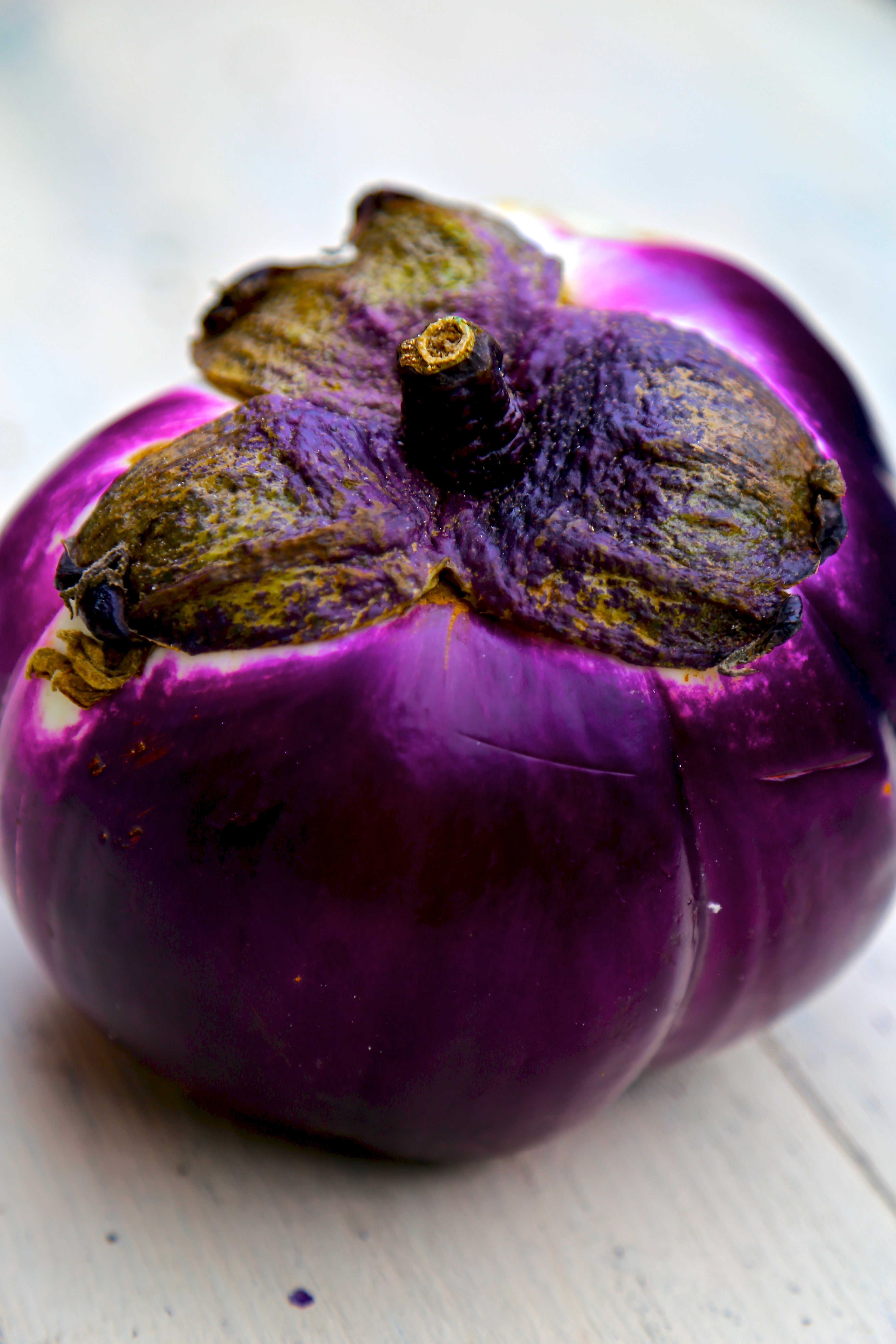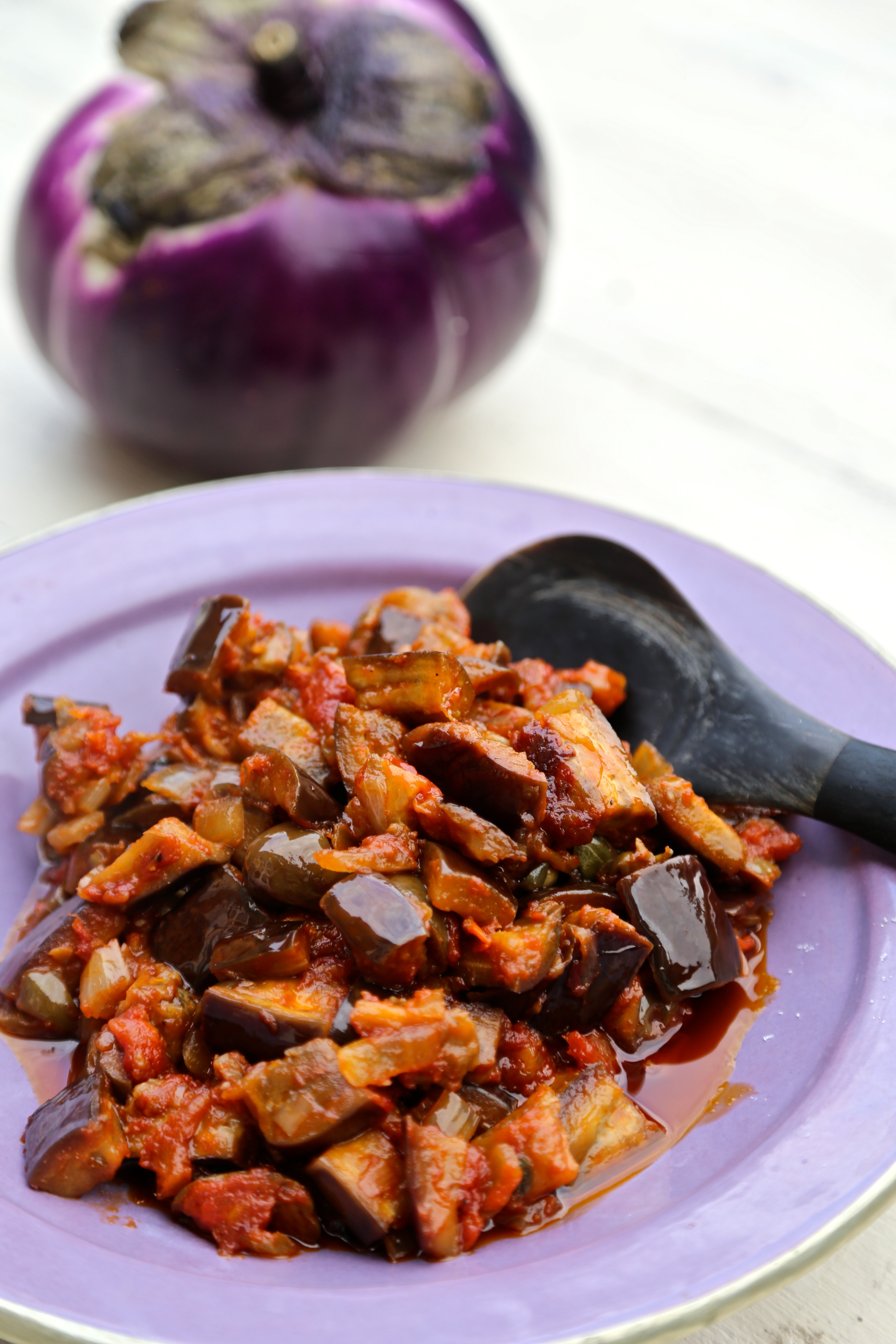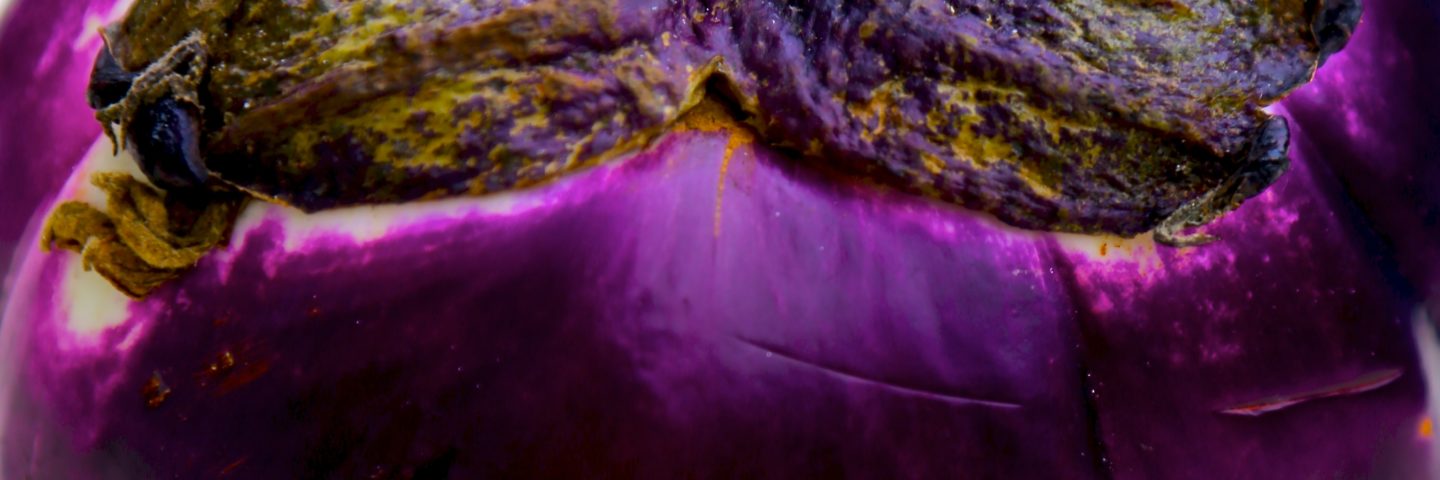
I’ve just spent a week in Sicily, near to Palermo. This volcanic island, home of Mount Etna is off the toe of Italy towards Tunisia, a geographical and cultural bridge between North Africa and Europe.
As a result, Sicily has been invaded by just about everybody over the course of its history. What was probably bad for the inhabitants has led to an extraordinarily rich food and wine culture, influenced by the Phoenecians, Germanic tribes, Greeks, Romans, Moors, Normans and others. You name them, they’ve been there; so you’ll find couscous alongside pizza and pasta on menus.
Sicily is poorer than the rest of Italy – you see rubbish on the streets and untended pavements with tall grass sprouting through the cracks. The strong influence of the mafia hampers opportunities for young people; I heard many leave Sicily because they have to give 20 per cent of their wages to the mafia, a kind of unofficial tax.
More positively, the beaches have white sand and the sea is turquoise blue, while the old parts of towns such as Palermo, Cefalu, Syracuse, Ragusa and Taormina offer architecture, atmosphere and intricate churches. For more photos and information about Sicily, read my blog post here.
I did spend my entire week there eating and drinking: every morning I would have crema di caffè, a type of melted coffee ice-cream/drink into which you can dip brioche. For lunch I would often have sardines or pasta and in the evening, caponata, a classic Sicilian dish. All of this accompanied by the tremendous wines and dessert wines from this fertile island.
Not on the list below, I tried a wine from a city in the interior called Corleone, the surname of the Godfather trilogy family. Don Vito was originally surnamed Andolini but coming from the village Corleone, emigration officials in the USA changed his name. Interestingly, the real life family of Al Pacino, who played the son Michael in the films, came from Corleone.
I was in Sicily with some of my family. On my father’s side they are all Italian, from the two kingdoms: Naples and Sicily. Most of them migrated to England, ending up in Islington and Clerkenwell, the traditional Italian quarter in London. The rest went to America, where one relative found that she had married a member of the Camorra (the Neopolitan mafia). When she tried to leave him, he slashed her face with a knife, as if to say ‘if I can’t have you, nobody can’. Nevertheless she managed to get out and marry again.
One of my favourite films is Gomorrah about the Camorra in Naples. One thinks it’s all American style mafia glamour, but the reality is that most members are petty thieves, emptying parking meters, scrabbling together a living in extreme poverty.
Back to wine and food: I served some of these wines at my supper club this last weekend, along with the caponata. This particular supper club, called The Secret Garden Club, is a monthly event where I serve produce grown in my garden (this time padron peppers and tomatillos, as we’ve had such a lovely summer), creating seasonal dishes.
Italian wines are improving all the time; they used to have a reputation for only exporting their crap and keeping the best stuff – this is no longer the case. Here is a selection of Sicilian wines chosen by WineTrust100’s Masters of Wine. If you’ve been to Italy over the summer, you can drink them nostalgically; and if you haven’t been to the world’s most popular tourist destination, well what are you waiting for?
- 2013 Zibbibo, Gibele. 13% £12 white muscat grape but not sweet, rather fruity but weighty.
- 2012 Il Passo, Nerello Mascalese, Vigneti Zabu, £12 13% Weighty red wine with earthy notes, a big hitter which would go well with tomato based Italian dishes.
- 2010 Ben Rye, Donnafugata (half bottle) £29 14.5% An orange-hued sweet wine from a small island off the island of Sicily called Pantelleria. The best capers and caper berries in the world come from Pantelleria and I used them in my Caponata recipe below.
And here are a few Italian wines which are also worth drinking:
- 2012 Canicatti Nero D’avola la feral £7.50p 13.5% This is a high altitude wine and, as Jo Ahearne explains in her piece about wines grown at altitude, you lose 1°C of temperature for every 100 metres up you go – useful for balancing wines in a hot volcanic island like Sicily. Nero D’avola is a popular Sicilian grape.
- 2012 Belisario, Verdichio di Matelica £8.00p 12.5% is another high altitude wine but this time from further north in Italy. It’s a light percentage white wine, which would be good for a weekend lunch or with another favourite Sicilian ingredient, sardines, say in a pasta sauce with pine nuts and sultanas. Sounds weird, I know, but it works.
- 2013 Ponte Del Diavolo £9.00p 12.5% This is Pinot Grigio, which is a bit lightweight for me normally, but this one has depth as well as acidity. Again, this is grown at altitude right up in the north of Italy.
- 2010 Amarone della Valpolicella. 15.5% £25 This is a classic Italian wine that is right up my street: great with cheese for that slightly naff ‘70s style wine and cheese party (but hey, who cares about being cool?).
Caponata recipe:
This is a classic Sicilian dish, using a favoured technique known as agrodolce, a mixture of sweet and sour. In Sicily they often mix this with sword fish, but I love it on its own. It can be eaten warm or cold.
(Serves 4-6)
3 large firm aubergines
2 tablespoons sea salt, if salting
200ml extra virgin olive oil
1 large red onion, diced
1 celery stick, thinly sliced
1 tin of crushed tomatoes (buy the most expensive) or 5 large ripe tomatoes
3 tablespoons capers packed in salt
3 cloves garlic, crushed
Sprig of oregano
20 firm green Italian olives of good quality, stoned, sliced
40ml red wine or sherry vinegar (I like it strong)
3 tablespoons sugar
A handful of flat leaf parsley, leaves picked
Freshly ground black pepper
Chopped fresh basil
A sprinkling of slivered almonds
Sea salt to taste

To salt or not to salt aubergines? I tend not to bother any more as new cultivars tend to be less bitter, unless the aubergines look a bit old.
Chop up the aubergines into thick slices about 5 cms wide, then quarter. Sprinkle with salt and leave to drain in a colander. Let the eggplant sit for about an hour. Do not rinse the aubergine. (But adjust seasoning at the end as it is already salted.)
Heat up a heavy-bottomed, large, wide saucepan or deep frying pan and heat up the olive oil. Add the onion, then the aubergine, sautéing for about five minutes. Then add the celery, tomatoes, capers, garlic, the sprig of oregano and sauté.
Add the olives, vinegar and sugar and gently simmer for about 15 minutes or until the aubergine is tender. Add pepper to taste. You can add a sprinkling of almonds at the end if you like.
Can be eaten warm or cold, as a main or antipasto or as a pasta sauce.

